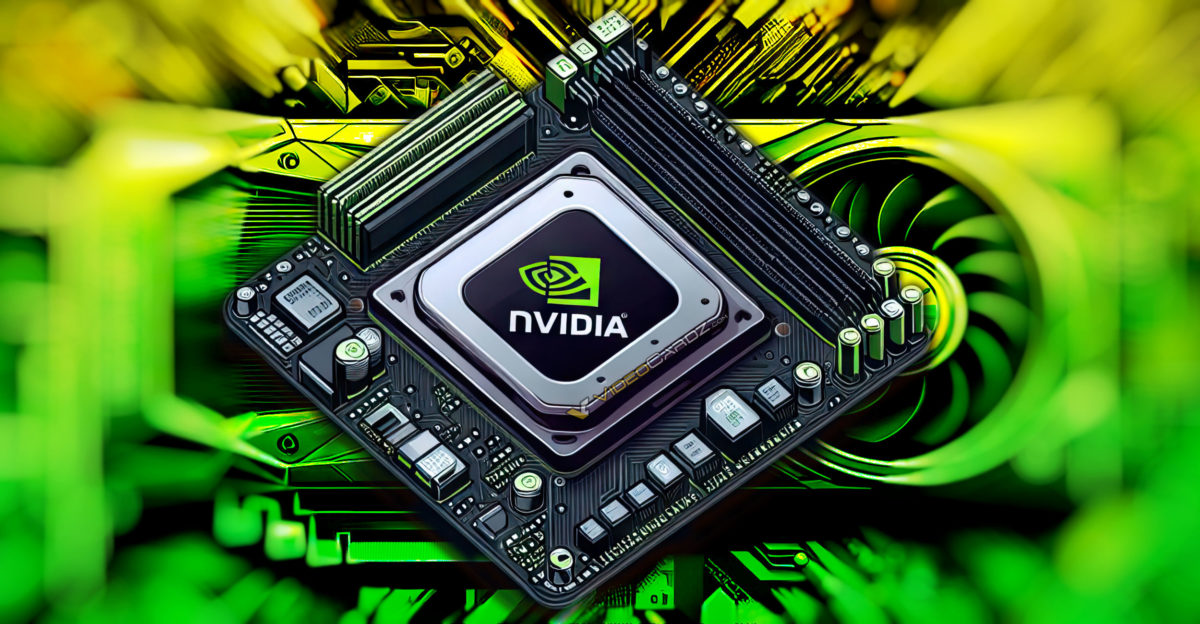Nvidia’s Earnings Beat—A Closer Look at Valuations and Market Reaction

Introduction
Nvidia’s most recent quarterly earnings have once again underscored its dominance in the AI and data center space. The chipmaker reported stellar results—with revenues soaring by nearly 78% year-over-year and data center figures breaking records—which not only exceeded Wall Street expectations but also sent ripples through the market. In this article, we explore the numbers, analyze valuation trends, and examine the market reaction that has characterized Nvidia’s recent performance.
Key Financial Results
- Q4 FY2025 Revenue: $39.3 billion, reflecting a 12% increase from Q3 and a significant 78% rise year-over-year (YoY).
- Annual Revenue: $130.5 billion, marking an impressive 114% YoY growth.
- Data Center Leadership: Revenue from this segment reached $35.6 billion in Q4, making up 91% of total earnings and demonstrating a 93% YoY increase.
- Earnings Performance:
- GAAP EPS: $0.89, reflecting an 82% YoY growth.
- Non-GAAP EPS: $0.89, up 71% YoY.
- Outlook for Q1 FY2026: Expected revenue of $43 billion (±2%), exceeding analysts’ $41.78 billion forecast.
Business Segment Insights
Gaming & AI-Powered PCs
- Revenue declined by 11% YoY to $2.5 billion, influenced by cyclical demand patterns.
- Introduced the GeForce RTX 5090/5080 GPUs, boasting double the performance of previous models.
Automotive & Robotics
- Revenue surged by 103% YoY to $570 million, fueled by strategic collaborations with Toyota and Hyundai.
- Achieved ASIL-D safety certification for NVIDIA DriveOS, advancing self-driving vehicle technology.
Professional Visualization
- Revenue grew by 10% YoY to $511 million, bolstered by Project DIGITS, a personal AI supercomputer designed for researchers.
Strategic Developments & Key Partnerships
- Stargate Project: NVIDIA plays a central role in this ambitious $500 billion initiative aimed at building next-generation AI infrastructure.
- Cloud Expansion: Partnerships with AWS, Google Cloud, and Microsoft Azure are facilitating the global deployment of NVIDIA’s Blackwell-based GB200 systems.
- Healthcare & Robotics Collaborations: Joint efforts with Mayo Clinic, Siemens Healthineers, and 1X are driving progress in medical imaging and physical AI.
Stock Market Reaction & Analyst Projections
- Current Share Price: $131.28, bringing the market capitalization to $3.2 trillion.
- Post-Earnings Movement: Shares dipped 1.5% in extended trading, closing at $129.32.
- Analyst Sentiment: The consensus price target stands at $175, indicating a potential 34% upside.
Leadership Insights & Forward-Looking Statements
- CEO Jensen Huang emphasized the soaring demand for Blackwell GPUs, highlighting their importance in AI inference and long-reasoning applications. He noted that future AI models might require exponentially higher computing power, positioning NVIDIA for long-term growth.
- CFO Colette Kress addressed a slight gross margin squeeze (73% in Q4), attributing it to the increasing complexity of data center products. However, she expressed confidence in Blackwell’s continued momentum.
Upcoming Events & Shareholder Updates
- GTC 2025 (March 17–21): Key discussions will center around RTX AI-powered PCs, NIM microservices, and advancements in generative AI.
- Dividend Announcement: A payout of $0.01 per share is scheduled for April 2, 2025.
NVIDIA’s dominance in AI computing, combined with its expansion into autonomous vehicles and healthcare, cements its role as a key player in shaping the future of technology. Despite short-term fluctuations in gaming revenue, the company’s accelerating data center growth and innovative Blackwell architecture reinforce its leadership in the AI-driven era.
Data Center Dominance and the Blackwell Advantage
One of the primary drivers behind these strong results is Nvidia’s strategic push in the data center market. The demand for next-generation AI chips, particularly the Blackwell architecture, is reshaping the competitive landscape. Despite some initial production challenges, Nvidia has rapidly ramped up production, and its data center revenue has surged impressively. With cloud giants and hyperscalers increasingly betting on Nvidia’s high-powered GPUs to drive AI workloads, the outlook remains bullish. CEO Jensen Huang’s comments during the earnings call stressed that the transition to more advanced AI models is only set to accelerate.
Valuation Trends Amid Robust Growth
While Nvidia’s growth story is compelling, its valuation remains a critical factor for investors. Currently, Nvidia is trading at a multiple that reflects its strong earnings potential but is notably lower than historical peaks. Recent data suggests that the company is now valued at roughly 28 times expected earnings—significantly lower than the astronomical levels seen during the previous bull run. This “discounted” premium is being interpreted by many analysts as a sign that the market has moderated its exuberance, even as the underlying business fundamentals continue to shine.
External Factors Influencing the Stock
Beyond its earnings report, several external factors are contributing to the recent price movement. Concerns over potential export restrictions and tariff pressures add a layer of uncertainty, especially as geopolitical tensions persist. Additionally, the emergence of competitive technologies—exemplified by news of lower-cost alternatives from international players—has injected caution into the market. Nevertheless, many analysts remain bullish, pointing to a long-term trajectory that is underpinned by the global AI revolution.
Conclusion
In summary, Nvidia’s latest earnings report not only showcased impressive revenue growth and a robust performance in its data center segment but also reaffirmed the company’s leadership in AI technology. With valuations that have become more attractive compared to previous highs and an optimistic long-term outlook, the market remains cautiously positive. However, the inherent volatility reflected in options pricing suggests that investors should be prepared for short-term fluctuations as Nvidia continues to navigate both operational challenges and external market pressures. For those with a long-term focus, Nvidia’s central role in powering the AI revolution makes it a stock that is likely to remain in the spotlight.

